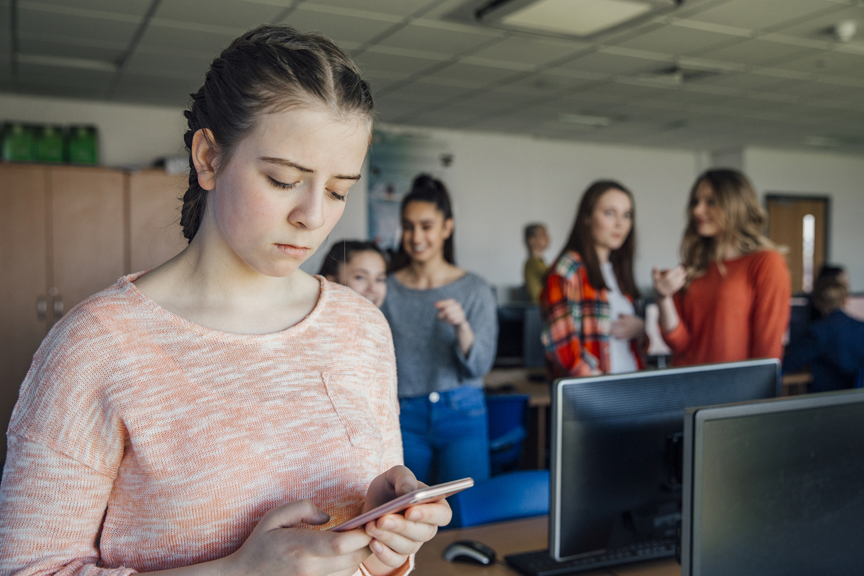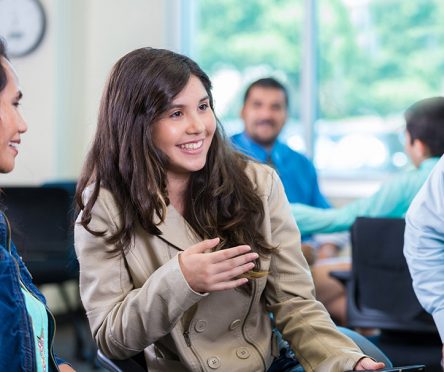The news about the killing of 22-year-old Gabrielle “Gabby” Petito is the latest example of how what you see on social media is not always what you get.
Laura Saunders, PsyD., staff child and adolescent psychologist at the Institute of Living said relying on social media as a source of credible information is extremely suspect, whether it is health information, beauty products or even people’s lives.
“I heard someone use the phrase ‘social comparison is the thief of joy,’ and I totally agree,” Dr. Saunders said. “When you take the snapshots of your own life and compare them against the highlight reel of someone else’s life, it makes you feel worse.”
The Petito case has received widespread media attention, showcasing once again how what you see on social media is not reality, but instead a curated feed of images. She and her fiancé were traveling the country camping in their van, posting pictures of scenic shots of state parks and them having fun as a couple, but now her body has been found in Wyoming and her fiancé is a suspect in the homicide.
When a video of the couple being stopped by police surfaced, showing the couple upset and admitting to fighting, it pulled back the curtain on what they were portraying as fun cross-country trip, when in reality it may have been far more stressful. Her fiancé is now a person of interest in her disappearance and police are searching for him.
Saunders said girls, especially younger girls, are especially susceptible to issues with social comparison.
Studies show girls are more likely to spend time on social media, comparing carefully edited and curated images to their own reality, which can lead to low self-esteem, depression, and anxiety, eating disorders or self-harm and even lead to suicidal thoughts.
Social media use and its negative impact has been an ongoing issue for the past few years, Dr. Saunders said, but it has gotten much worse during the pandemic, with social isolation, life disruption and family financial stressors. The loss of typical developmental milestones, such as going to football games, attending after school clubs, or hanging out with friends at each other’s houses, has led teens to turn to social media more so as a form of entertainment, she explained.
“Adults have the advantage of perspective that teenagers don’t have. Teens are living for the moment, if they feel bad about their body to them it’s tragic, and comparing it to perfect, filtered images only serves to worsen their self-view.”
Kids with vulnerabilities, who struggle with identity issues, mood disorders or anxiety, are the ones to be most concerned about, Dr. Saunders said. “Those who are more vulnerable are more likely to fall into some of these traps set by social media.”
For parents, she said they should become concerned if kids have an over-reliance on social media, kids that get lost scrolling for hours in Instagram or TikTok and may lose perspective on what they need to be doing and what’s important in life.
If they come to you about products they want to buy to make them look better, more beautiful, slimmer, quick-fix type things, that is a warning sign, she said.
“Teen girls are vulnerable to this because how their look is constantly scrutinized,” she said. “Ask them questions, why they think a product would help or where they obtained that information. Try to plant ideas about other ways of looking at things or seeking more reliable information.”
She said it is important to reconnect with family, friends and get back into activities and sports, reducing screen time and the dependence on that type of social interaction.
“Identifying these issues, finding alternate forms of connections is absolutely critical for kids and families. For the first year of the coronavirus, we were in survival mode, we were all doing whatever we needed to do to get through it,” Dr. Saunders said. “But now, as we come out of this, we need to reconnect and undo some of the social emotional damage and bad habits caused by the pandemic isolation and social disruption.”



